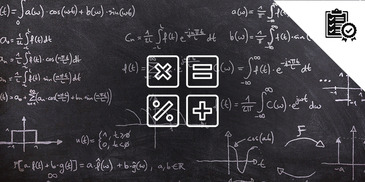
Revisit, Revisit, Revisit! Students need repeated exposure to math concepts to really understand how they work.
- Subject:
- Mathematics
- Material Type:
- Lesson Plan
- Provider:
- BetterLesson
- Date Added:
- 12/01/2022


Revisit, Revisit, Revisit! Students need repeated exposure to math concepts to really understand how they work.

Students will be able to locate specific areas and objects to learn about their new school setting.

What are loans and how do they work? How do banks encourage people to save money? Students work on these questions in the context of the College Project.

This lesson solidifies students' understanding of time to the hour (while enriching with basic geography content) and continues to build back up to 3rd grade goal of time to the minute.

Can your students make bundles of tens? This lesson allows students to visualize adding tens to make one hundred.

Students build towards making their own bar graph by using data to make a tally chart.

Students count by 5s, 10s and 25s to add money amounts and make change.

Using dimes to make change is another way to work with subtracting tens within 100.

Making equivalent ratios using multiple representations.

My first graders have been studying the defining attributes of 2D shapes. They are going to love using toothpicks and marshmallows to present their knowledge of 2D and create 3D shapes.

Making ten is one of the foundational strategies for developing flexible numerical thinking, accuracy, and efficiency.

Not everyone solves a problem in the same way. Reinforcing that different strategies can be used effectively is the goal of this lesson.

What does it mean for two fractions to be called equivalent? Students develop strategies for generating equivalent fractions and simplifying fractions.

Students divide multi-digit whole number quantities.

Students divide decimal quantities and apply this knowledge to real world situations.

Kids love to count and build puzzles. This activity encourages them to do both! The kids count objects on puzzle pieces and match the groups of objects to the correct number.

At the end of the year, a lot is going on in our classroom. We continue our center routine for additional practice and to allow for end of the year testing to be completed.

In order to pull small groups during math instruction, the rest of the students need engaging activities that they can complete independently. These centers allow students to practice a variety of math skills including measurement.

Students will be able to independently practice graphing, teen numbers, and addition.

In order to pull small groups during math instruction, the rest of the students need engaging activities that they can complete independently. These simple sorting activities help students learn the procedures for completing math centers.